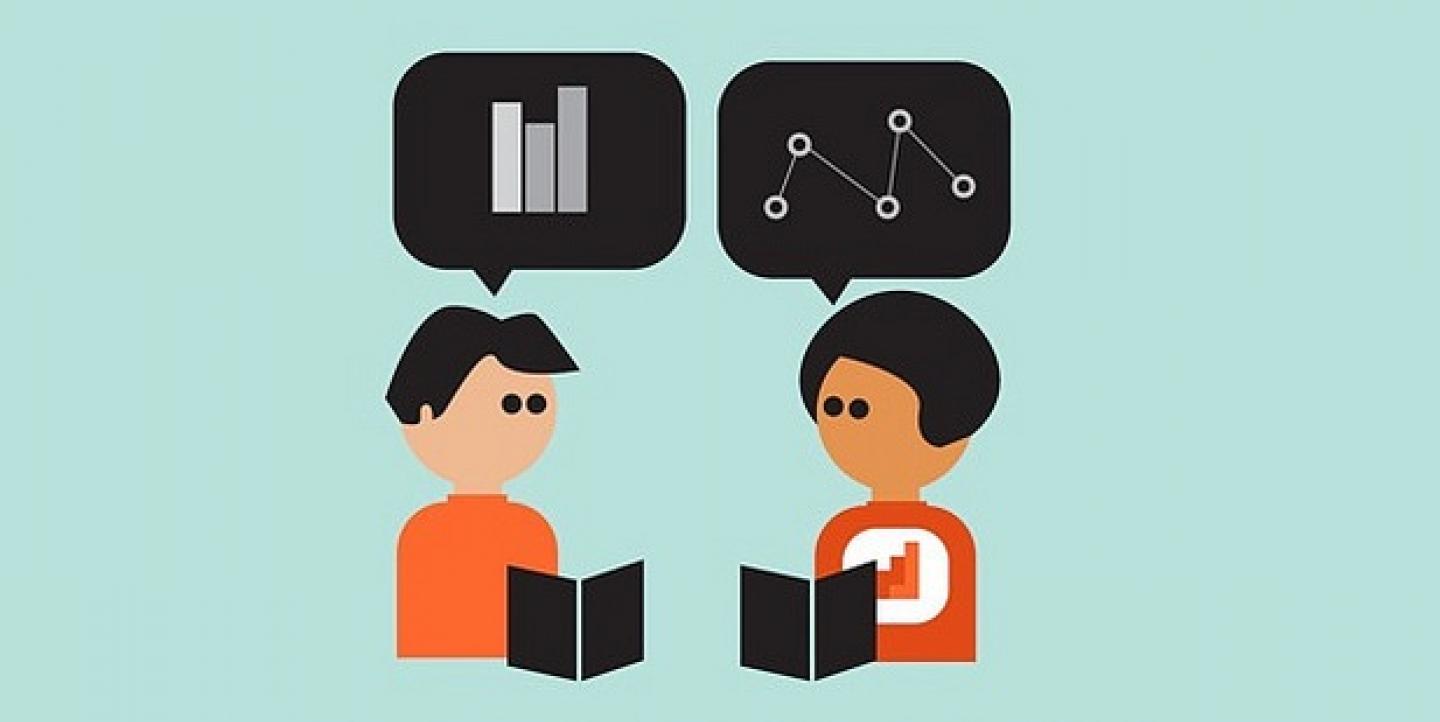Data journalism is currently a hot buzzword among journalists in South Africa. But in reality it’s a case of lots of talking and not much action, with few journalists and newsrooms doing much real data-driven storytelling.
Too often it’s because old school editors working with very tight resources and dwindling staff numbers don’t understand the value and depth that good data-driven stories could add to their reportage. They are reluctant to allow time for reporters to learn these new skills, or to give those who have them the space to work on data-driven stories or longer term investigative projects.
It’s not a problem unique to South Africa, though. I am currently working with a talented young Costa Rican journalist, who recently graduated from a leading Spanish university with a master’s degree in data journalism. Out of her entire graduate class of 13, she is the only one working as a data journalist only because she sought out an internship with Code for South Africa (Code4SA) on the other side of the world. Most of her fellow graduates have found jobs in newsrooms, but none as data journalists.
Also in the mix are the penny-pinching media houses that still focus on old, failing revenue models to drive income and do not see how data journalism can add value to the bottom line.
But I’m convinced that one of the biggest stumbling blocks to mainstreaming data-driven journalism is journalists themselves. Rather than learn new skills that could help them future-proof their careers, many run a mile at the mention of data journalism. Others dismiss it as a passing phase or, as I’ve been told by more than one run-off-their-feet journalist, they are reluctant to learn a new skill that could end up adding to their workload.
Many also erroneously believe that they need to be tech ninjas or coders to be a data journalist. They see cutting-edge data journalism and visualizations by media like the Guardian and The New York Times – which have people and data teams with advanced technical skills available – and feel overwhelmed at the thought of even trying.
All too often this perception is reinforced by data journalism training taught by non-journalists that focuses on the tech, but is light on the most important ingredient: storytelling. I know of several local journalists who have attended training far too advanced for their basic or non-existent skills and have ended up being put off by data journalism.
So when Code4SA decided to offer a Data Journalism Winter School for working journalists, we agreed we would reverse-engineer the process and put the story at the front and center of our training. Of course we won’t ignore other important aspects and will ensure that participants attain a basic level in data proficiency that includes the ability to gather, collate and verify data. Here are the steps we'll take to accomplish this:
- We’ll start out by showcasing data-driven stories we’ve already done — like Living Wage and this one done for Valentine’s Day —and then work backwards, explaining how we did it by showing the original data sets and different tools we used. We’ll teach them how to find, clean, filter and order data using simple tools built especially for journalists, which get the job done without having to understand the tech that drives them.
- We’ll give them the same data sets we used, but in a raw, “dirty condition,” and teach them how to clean them up. In this process, mistakes like duplications and incorrect punctuation are removed and spelling is corrected to make the information easy to organize in a spreadsheet.
- Finally we’ll show them how to filter and interrogate the data to look for stories and different angles. We'll also teach them how to use simple visualization tools to bring the stories to life and make them sing.
Dealing with dinosaur editors and tightwad bean counters is an issue we will also have to confront using other strategies. It will require a process of patient engagement and education to convince them of the benefits and value that data-driven content can bring to their content offerings.
But for now, we hope that by focusing on the story it’ll help make data journalism less scary for journalists. After all, it’s data journalism, not data journalism – so putting the story first makes perfect sense.
Raymond Joseph is a veteran of South African newsrooms. Learn more about his work as an ICFJ Knight Fellow here.
Image CC-licensed on Flickr via Open Knowledge

